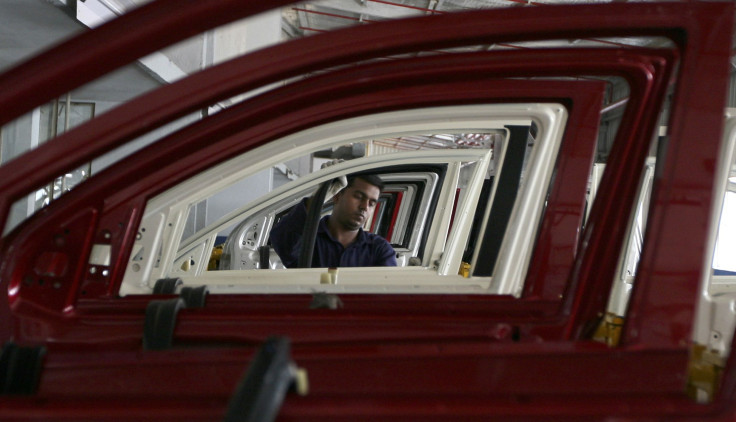GM Falters While Ford Races Ahead As India's Troubled Passenger Car Market Struggles To Regain Momentum

The Indian operations of General Motors (NYSE:GM) suffered a decline in sales of 43 percent in May, coming in at the bottom of the table, while its counterpart from Detroit, Ford India, beat all other automakers in the country to clock a 51 percent jump in sales, reports said Tuesday, even as the country's ailing passenger car market showed signs of a weak recovery.
Sales of passenger cars in India fell by 4.65 percent in May, according to The Economic Times, a local business newspaper, which is an improvement over April's numbers when sales fell by 9.5 percent, according to data from the Society of Indian Automobile Manufacturers. The past year has been one of the worst for passenger car sales in India, which fell for the first time in 2013 in almost a decade, as the country has struggled with a slowing economy, stubborn inflation and high interest rates.
“The automobile industry has been passing through challenging times for the past two years as the general economic and consumer sentiments have failed to pick up. Going forward, we hope to see some improvement in the market in the coming months with a new decisive government in place,” P. Balendran, vice president of GM India, said in a statement.
India has also proved a tough market to crack for foreign car makers given its preference for small cars at one end of the spectrum and for crossover sport-utility vehicles, or SUV, at the other end. Maruti Suzuki (BOM:532500), which is the country's largest car maker by sales and has about seven small cars in its portfolios, reported a 16 percent surge in sales over May 2013. In comparison, General Motors India, or GM India, has only three. On the other hand, Ford India has struck gold with its hugely successful Ecosport SUV.
"If GM is struggling in India, it's because it has been bringing in products designed for overseas markets," V.G. Ramakrishnan, managing director at Frost & Sullivan, said according to ET.
Global companies also have had to change their products to suit the current tax regime, which is highly favorable for cars smaller than 4 meters in length, which usually sell for less than 400,000 rupees ($6,755) and account for more than 70 percent of the Indian market.
"It (the regulation) forces global players to adapt their products to the Indian market," Wilfried Aulbur, managing partner of Roland Berger Strategy Consultants, said according to The Economic Times, adding: This implies significant investments, which, at present, not every large manufacturer is willing to make. In turn, volume opportunities get constrained."
Manufacturers, however, expect a revival of sales in 2014 as consumer sentiment improves with the election of the pro-reform government led by Narendra Modi, and as inflation is gradually brought under control by the policies of the country's central bank.
“Considering the steep drop in passenger car sales we saw in 2013, even marginally better sales will translate into big volume gains. Hence some uptick is not surprising,” Deep Mukherjee, a senior director at India Ratings and Research, the local arm of Moody’s Investors Service, said according to Mint, a business newspaper.
© Copyright IBTimes 2024. All rights reserved.





















